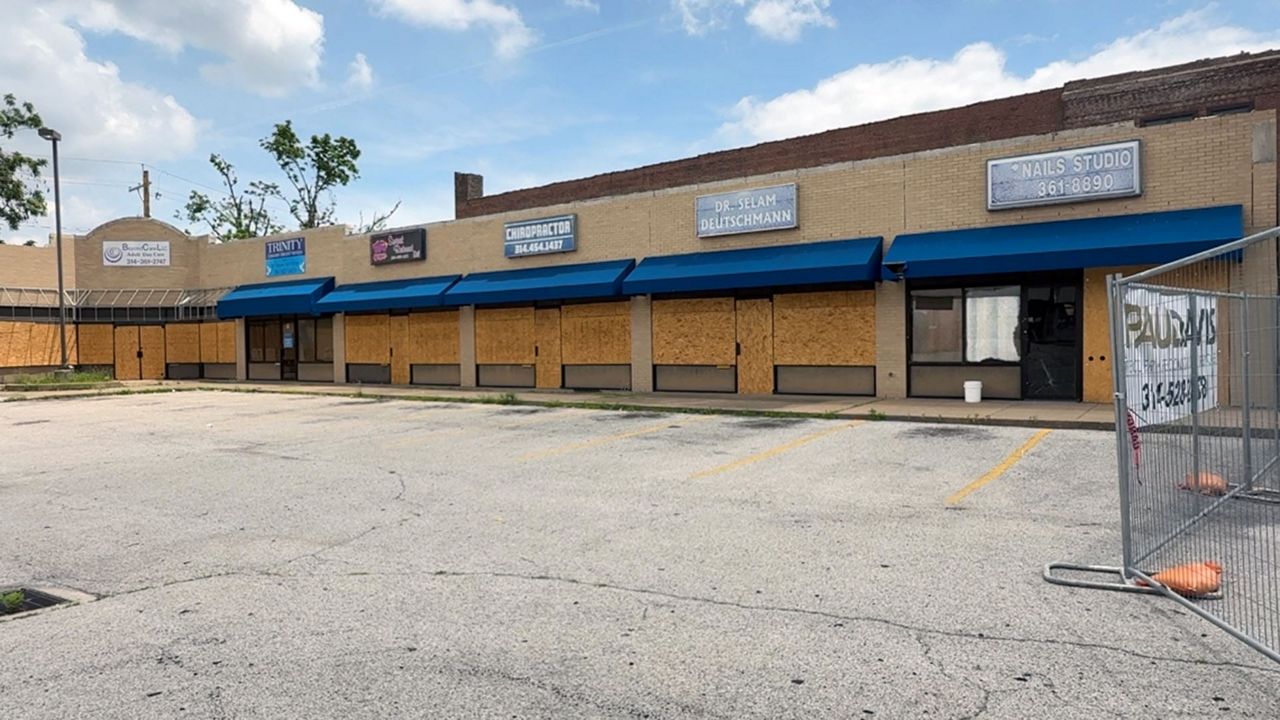ST. LOUIS — While the International Institute of St. Louis (IISTL) has welcomed hundreds of Afghan and Ukrainian refugees, the organization has also seen a “significant” increase of new arrivals from “all over the map.”
That’s according to Arrey Obenson, president and CEO of IISTL, who said the organization has experienced its largest numbers of new arrivals over the past few months, and those figures will continue to increase.
In 2023, the IISTL served 1,400 new arrivals in St. Louis, compared to 1,010 in 2022. The organization is gearing up to serve “a lot more” in 2024, Obenson said.
Obenson and Betsy Cohen, executive director of the St. Louis Mosaic Project, discussed newcomers in St. Louis and the variety of programs available to help them resettle during a webinar held Thursday morning.
The increase in arrivals is due to the Biden Administration’s efforts to rebuild infrastructure over the past three years that were taken away by the previous administration and the COVID-19 pandemic, according to Obenson.
“We are now seeing people who have been sitting in refugee camps for five, 10, 15 years, waiting for their chance to come to the United States, being processed now,” he said.
Obenson added that the Biden Administration also is determined to accept 125,000 refugees from around the world to the U.S. The U.S. is anticipated to receive 92,000 refugees this year.
So far this year in St. Louis, IISTL saw 121 new arrivals in January, 136 in February and 123 in March with more to come this month. Last year, the IISTL received about 100 new arrivals on a monthly basis.
Obenson said there has been an increase of arrivals coming from African countries such as Zambia, Nigeria, Sudan, South Sudan, Somalia, Côte d'Ivoire, Central African Republic, Burkina Faso, the Democratic Republic of Congo and more.
Over the past year, 260 people have come from the Democratic Republic of Congo, according to Obenson.
The IISTL continues to see a rise in refugees from Haiti, Afghanistan, Syria, Guatemala, Pakistan and Armenia.
“St. Louis is blessed in this way that we have a very diverse group of arrivals from all over the world,” Obenson said.
There also has been a significant number of “walk-ins” or people who have resettled in another part of the U.S. and have since moved to St. Louis.
The number of walk-ins so far this year were 39 individuals in January, 44 in February and 28 in March. These arrivals were originally from Cuba, Haiti, Venezuela, Afghanistan and Ukraine, according to Obenson.
In September, IISTL launched the Latino Outreach Program, an initiative to attract Latin American immigrants to St. Louis by providing financial, housing and employment opportunities.
Program officials had been traveling across the country to encourage Latinos who had arrived in the U.S. following the Biden Administration’s Humanitarian Parole Program to resettle in St. Louis.
Karlos Ramirez, vice president of the Latino Outreach Program, currently is in Texas with a goal to attract more people to St. Louis.
“All of these people that are coming, we are putting them to work almost immediately. They are reigniting the workforce here in St. Louis,” Obenson said.
“We know that employers in this region are eager to have more people join the workforce to fill some of the gaps that we are seeing.”
Thanks to the program, nine Latinos have moved to St. Louis from Chicago, 11 from New York and seven from Boston.
A similar effort is being done by officials of the IISTL’s Afghan Support Program. They have been traveling to cities across the nation to educate Afghan refugees and immigrants about St. Louis in hopes of them moving to the region.
The Afghan Support Program offers financial services, including up to six months of rent, competitive entrepreneurship grant opportunities, a variety of classes and more to Afghan refugees.
The program also includes the Afghan Community Center that offers a variety of classes, the Afghan Chamber of Commerce and an Afghan publication called Akhbar St. Louis.
The St. Louis region has seen a growth in international students attending local universities, according to Cohen. Roughly 10,000 international students come to St. Louis for school annually.
Cohen said that number has grown because of the efforts by local colleges.
Approximately 5,000 international students attend Washington University, according to Cohen. Webster University has seen a rise in its international student population of 1,500 in the past year.
St. Louis University also has seen an increase between 500 to 1,000 of international students, according to Cohen.
“We as a region are seeing more international students,” she said. “And the challenge now is, how do we keep them?”
She said many international students come for graduate programs and more than half are in STEM degrees.
Another issue Cohen mentioned is getting companies to hire international students.
“Many of our companies do not understand that you can hire many international students who stay on their student visa for one year, and if they’re in a STEM field, they can stay for three years under their student visa,” she said.
“This is really important because when international students come, they want to get American work experience.”
Additionally, Cohen mentioned that companies are doing more international lateral transfers of their employees.








